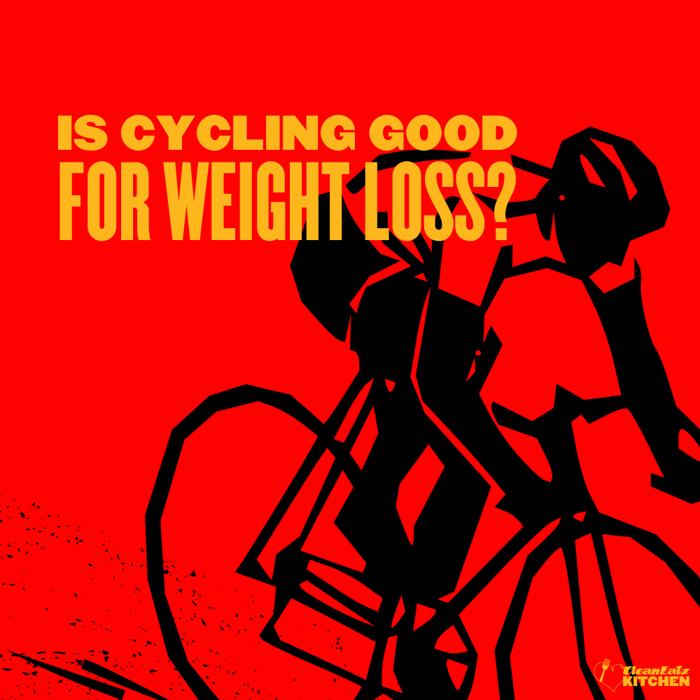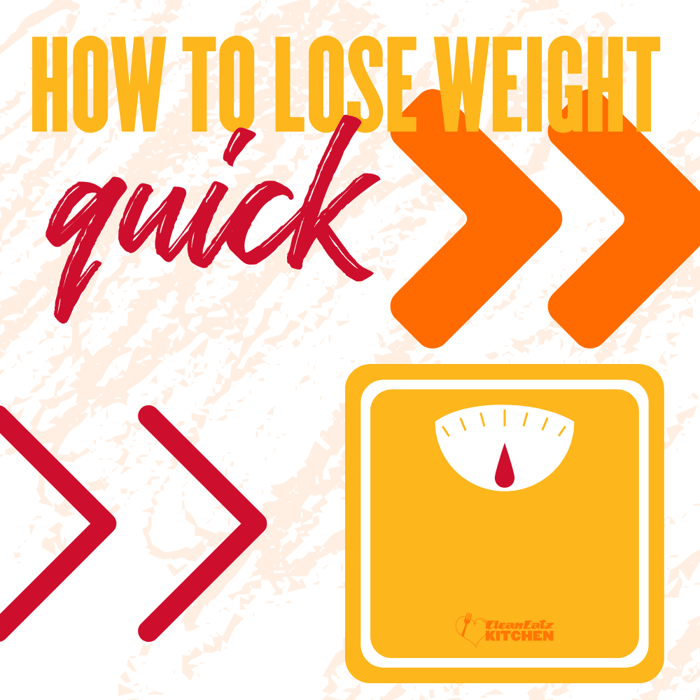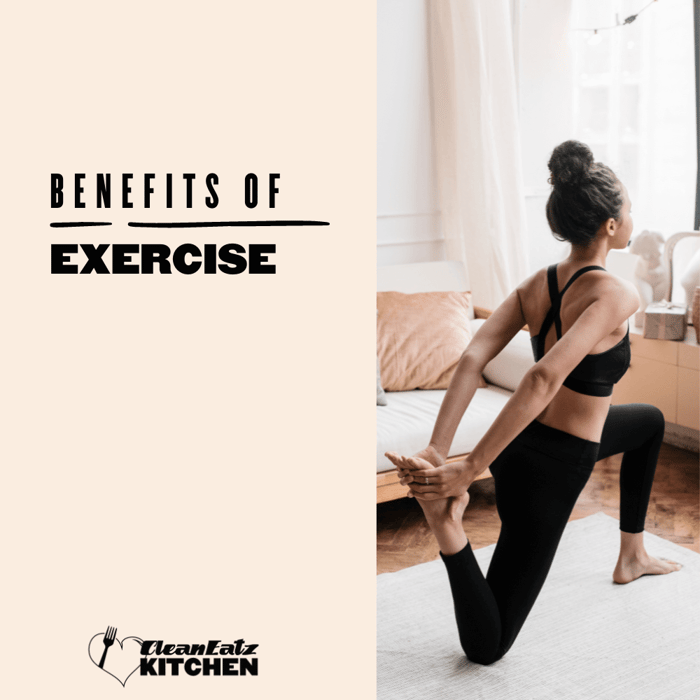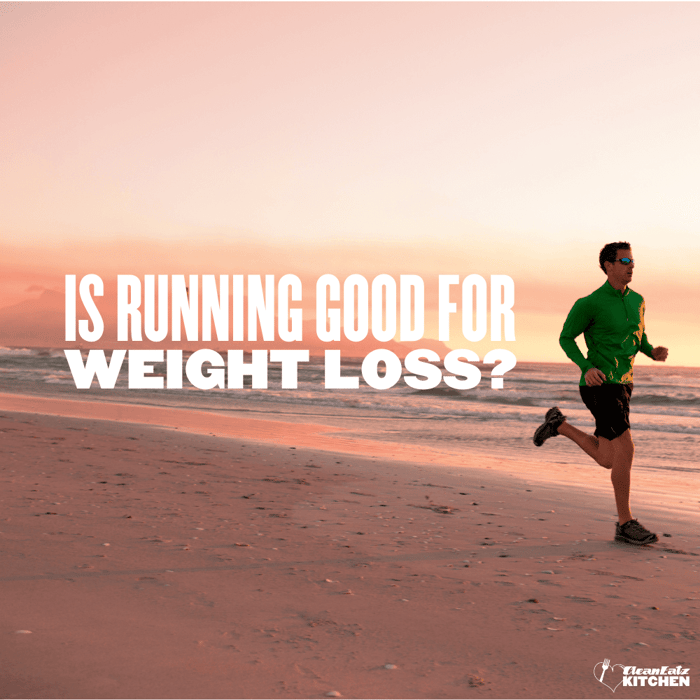TL;DR
- Yes—cycling can help with weight loss, mainly by boosting weekly calorie burn and helping you stick to a plan. Results are best when paired with a modest calorie deficit and some strength training.
- How much? Aim for 150–300 min/week of moderate-to-vigorous aerobic exercise for meaningful fat loss/waist reduction; more minutes generally produce more change. Add 2+ days/week of strength training.
- Smart structure: 2 interval rides + 1 longer steady ride each week, plus 2 short strength sessions, is a proven, sustainable template.
Key Takeaways
- Low-impact & scalable: Easier on joints than running, so many people can ride longer/more often.
- Calories depend on intensity + body weight: Faster speeds and hills raise burn; heavier riders burn more.
- Evidence check: Aerobic exercise ≥150 min/week reduces body fat and waist size; indoor cycling improves body composition—especially with diet support.
- Consistency beats perfection: A realistic schedule you’ll keep > the “perfect” plan you won’t.
Updated Data & Definitions
Approximate calories burned per hour by cycling speed (based on Compendium METs; individual results vary):
| Speed / Effort | 150 lb | 180 lb | 200 lb |
|---|---|---|---|
| <10 mph (leisure) | ~286 | ~343 | ~381 |
| 10–11.9 mph | ~486 | ~583 | ~648 |
| 12–13.9 mph | ~572 | ~686 | ~762 |
| 14–15.9 mph | ~714 | ~857 | ~953 |
| 16–19 mph | ~857 | ~1,029 | ~1,143 |
Estimates use Compendium METs by speed; actual burn varies with terrain, wind, bike fit, and fitness.
How to Use Cycling for Weight Loss (Simple Plan)
- Set minutes, not miles: Build to 150–300 min/week of riding (mix moderate + some vigorous).
- Use a 3-ride template: (1) Intervals 20–30 min (e.g., 6–8 × 1 min hard / 2 min easy), (2) Tempo 30–45 min steady, (3) Long easy 60–90+ min conversational.
- Lift 2x/week: 20–30 min total-body (squats/hinge/push/pull/core) to preserve muscle.
- Create a small calorie gap: Prioritize lean protein, veggies, smart carbs; avoid “reward” overeating after rides.
- Track something: Minutes, RPE (effort 1–10), or average heart rate—don’t obsess over power/pace early on.
- Fit & safety: Basic bike fit, lights at night, and a helmet make consistency much easier.
Pros & Cons
- Pros: Low impact, scalable intensity, great for longer sessions, strong cardio benefits, easy cross-training with strength work.
- Cons: Entry gear/maintenance; outdoor conditions; efficiency improves over time (you’ll burn fewer calories at the same speed, so progress your effort or duration).
Cycling vs. Running for Fat Loss
Running typically burns more calories per minute, but cycling is gentler and may be sustained longer. Isoenergetic HIIT studies show both cycling and running improve body composition; some data suggest slightly greater abdominal fat loss with running, but overall effects are similar when calories are matched.
Make It Easy with Clean Eatz Kitchen
- Meal Plans — pre-portioned meals so your rides don’t end in “I’m starving” takeout.
- Overnight Oats — great first-window fuel before a morning ride.
- Breakfast Sandwich or Protein PB&J — quick post-ride options.
- High-Protein Snacks — keep a snack handy to avoid overeating later.
- Nutrition Info — check macros fast.
FAQs
Is cycling good for weight loss?
Yes—especially when you ride consistently (150–300 min/week) and keep a modest calorie deficit. Expect reductions in waist and body fat with regular aerobic work.
How many minutes should I ride?
Start where you are and build toward 150–300 minutes per week. More minutes generally mean more fat-loss impact.
Intervals or long steady rides?
Both help. Intervals raise intensity (and fitness) quickly; longer easy rides add volume without crushing recovery. A mix is ideal.
Do I need strength training, too?
Yes—2+ days/week helps preserve muscle while losing fat and improves long-term maintenance.
Is cycling better than running?
Running burns more per minute; cycling is lower impact and often easier to sustain. Both can reduce fat when minutes and effort are matched.
What if I only bike indoors?
Indoor cycling works great—spin and smart-trainer sessions can improve body composition; pairing with diet changes amplifies results.




